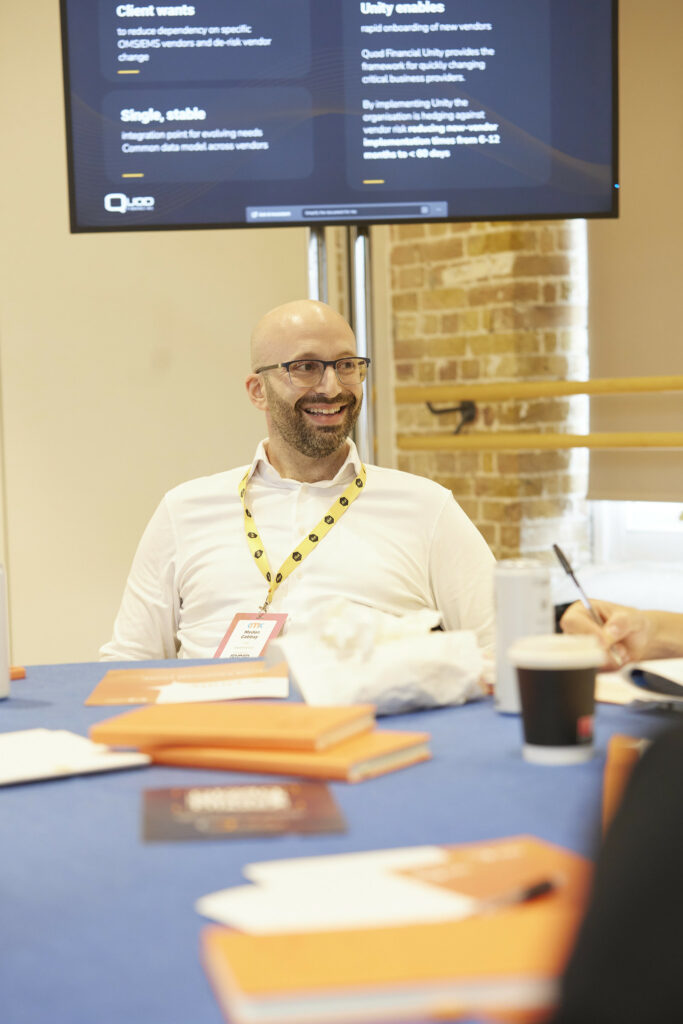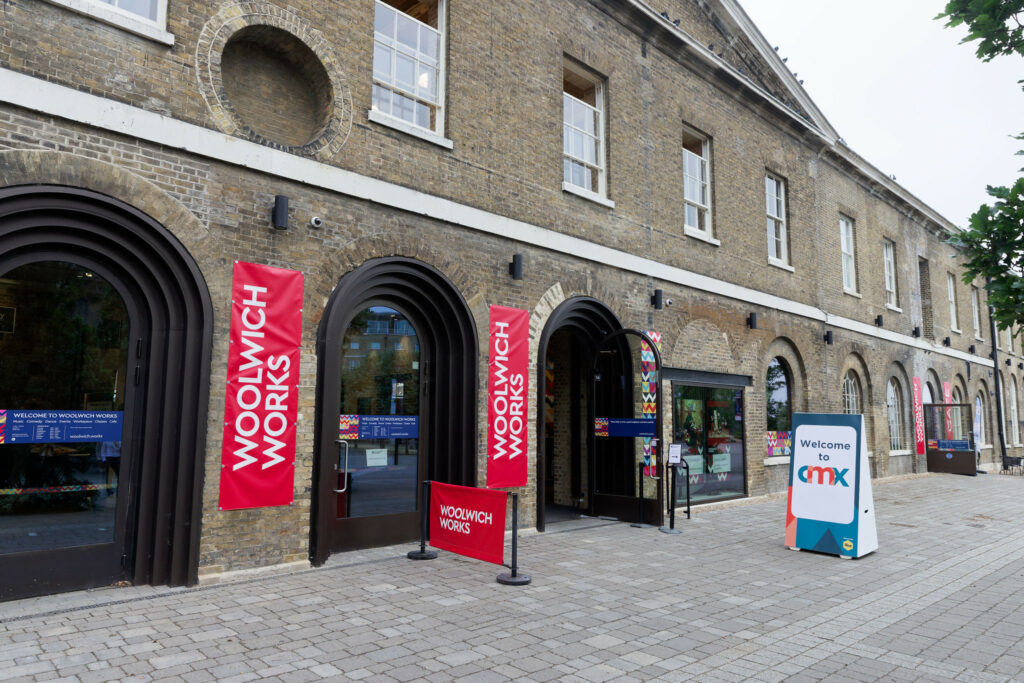CMX 2025
Inside Quod Financial’s CMX masterclass…
Hosted by Medan Gabbay, Co-CEO
Forget the full rebuild
Modernising trading infrastructure no longer means ripping everything out and starting again. The emerging approach is architectural, not destructive, building interconnected systems that plug into what’s already there. Think integration, not overhaul.
The new model is modular, execution-aware, and vendor-flexible, it normalises data across platforms and enables a centralised view of execution, P&L, and risk without breaking what already works. It’s not about replacing legacy systems, it’s about unlocking their value through better connectivity and smarter design.
Solving the silo problem
The problem isn’t new. Too many systems, too many interfaces and too much friction. Most legacy tech is boxed in behind vendor APIs and any change introduces months of risk and operational disruption.
The solution lies in an infrastructure layer that unifies without overriding. With data normalised at the application level, firms gain real-time visibility into trade execution, lineage, and P&L. Execution becomes faster, more consistent, and easier to track, all without needing to uproot core systems.
Instead of reactive patchwork, desks are shifting to cohesive, streamlined workflows that reduce operational drag and enhance control.
Speed without sacrifice
Architecture changes are often met with a latency trade-off. But new platforms benchmark faster than the legacy systems they sit alongside, even at scale. That’s critical for multi-asset desks managing passive flow, where low-latency execution isn’t optional.
Sub-millisecond speeds are now possible not in theory, but in practice across trading environments built with execution in mind. Integration no longer has to mean compromise.


AI that actually works
AI sits high on every roadmap. But without centralised, normalised data, even the most sophisticated models stall. That’s why AI success starts with infrastructure.
With clean inputs and real-time data flow, AI becomes a genuine accelerator: powering smart routing, reducing implementation cycles, and enabling faster testing across OMS and EMS platforms. In some cases, testing times have dropped from 30 hours to under four, making AI not just an analytics tool, but a workflow multiplier.
This isn’t about flashy automation, it’s about making every step of the trade lifecycle smarter, faster, and more intuitive.
Freeing up the vendor stack
Vendor independence is finally back on the table. Smart infrastructure allows firms to retain the vendors they want while gaining the freedom to test new ones, switch components, or build bespoke overlays without lock-in.
That agility applies to resilience, too. While external vendor downtime can’t be eliminated, infrastructure layers can reroute, fail over, and recover more gracefully, reducing exposure and regaining control when it matters most.
Infrastructure that’s vendor-agnostic isn’t just a technical benefit. It’s a strategic one.
Built for desks, not just engineers
No architecture works if it forgets who it’s built for. The most effective systems mirror the trader’s mindset: responsive, asset-agnostic, and designed for real-world workflows.
Whether supporting high-touch discretionary execution or low-touch passive flows, infrastructure needs to reflect how trading actually happens with tailored views, seamless routing, and native support for multiple asset classes. Risk, data, execution, and performance come together in one intelligent layer, not split across disconnected tools.
It’s not about more screens, it’s about more signal.
The future is interconnected
Trading infrastructure is shifting from static systems and siloed vendors to dynamic, modular platforms that integrate effortlessly. The result is smarter execution, faster change, and more resilient operations without the disruption of a full rebuild.
It’s not about adding more tech, it’s about building better architecture, unifying the stack, freeing the workflow, and giving trading teams the speed, flexibility, and control they need to compete.



The world of CMX
Unpack more insights in our CMXtra podcast!
In our latest podcast episode, we’re joined by Ash Sharma, Trading Analytics Manager at Aviva Investors and Sven Rudolf, Head of Trading, Fixed Income at ODDO BHF Asset Management, delving into all things data— the fuel and the challenge of modern trading…




